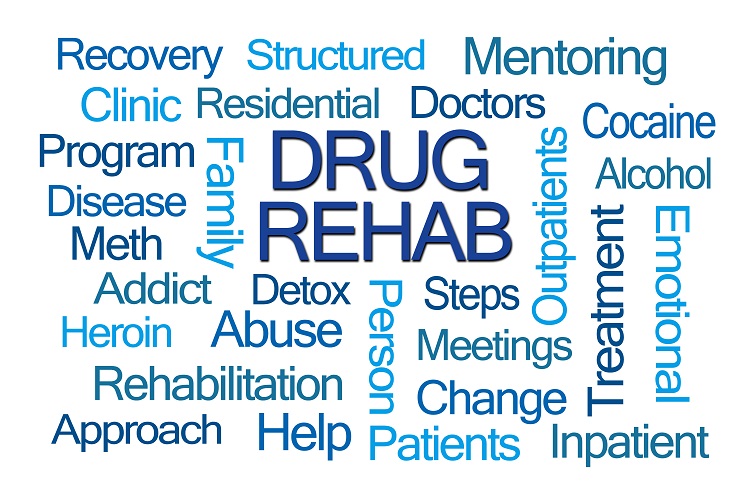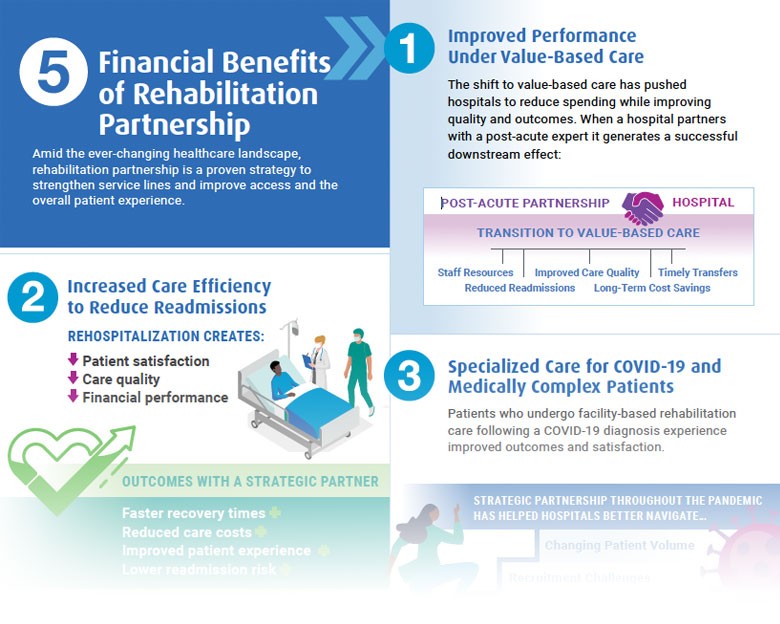Narconon Africa Fundamentals Explained
Narconon Africa Fundamentals Explained
Blog Article
Facts About Narconon Africa Uncovered
Table of ContentsNarconon Africa Fundamentals Explained3 Simple Techniques For Narconon AfricaThe Greatest Guide To Narconon Africa7 Simple Techniques For Narconon AfricaThe 15-Second Trick For Narconon AfricaNarconon Africa Can Be Fun For AnyoneSee This Report on Narconon Africa
In a series of documents with Manudeep Bhuller and Katrine V. Lken, we overcome these data challenges and the nonrandomness of imprisonment, offering new understandings into how incarceration affects regression, work, youngsters, and criminal networks - Safe withdrawal process. Number 1 Our work research studies the impacts of incarceration in Norway, a setting with two vital advantagesWe can further link this information to other relative, including kids and brother or sisters. Moreover, we know on co-offending that permits us to draw up criminal networks for observed criminal activities. Second, we can utilize the arbitrary task of criminal situations to judges that differ in their propensities to send out defendants to jail.
But some judges send out offenders to jail at a high price, while others are more lenient. We measure a judge's stringency as the average imprisonment rate for all other instances a judge takes care of, after managing for court and year fixed impacts, which is the level of arbitrary job. This quasi-random assignment of court stringency can be used as a tool for incarceration, as it highly forecasts the judge's choice in the existing instance, however is uncorrelated with other situation characteristics both by design and empirically.
All About Narconon Africa
Attributes of detainees, consisting of demographics and crime categories, are generally comparable in Norway and other countries, consisting of the United States, with the exemptions that the United States homicide rate is much greater, and race plays a bigger duty there. What attracts attention as different, especially compared to the United States, is the prison system.
Number 2In Norway, the typical time spent behind bars is a little over six months, which resembles most various other Western European nations. This contrasts with average United States jail time of virtually three years, which remains in large part the reason the United States is an outlier in its imprisonment price compared to the remainder of the globe [Number 1]
Things about Narconon Africa
This offers far more splitting up between small and hard lawbreakers than exists in the United States. There is no congestion in Norwegian jails and far better personal security, with each prisoner being assigned to their own cell and a greater inmate-to-staff ratio than in the United States (https://www.pubpub.org/user/elma-hernandez). Prisons in Norway also use well-funded education and learning, medicine therapy, psychological wellness, and job training programs
Our research on the impacts of incarceration on the transgressor, making use of the random assignment of judges as an instrument, returns 3 key searchings for. Imprisonment dissuades additionally criminal actions. We locate that imprisonment decreases the probability that an individual will certainly reoffend within five years by 27 portion points and minimizes the corresponding variety of criminal costs per individual by 10 charges.
How Narconon Africa can Save You Time, Stress, and Money.
We locate large reductions in reoffending likelihoods and cumulative billed criminal activities even after offenders are released from prison. Our 2nd result is that prejudice as a result of choice on unobservable private qualities, if overlooked, causes the erroneous verdict that time invested in jail is criminogenic. If we simply contrast criminal accuseds sent to jail versus those not sent to jail, we discover favorable organizations between imprisonment and subsequent criminal activity.
This stands in contrast to our evaluation based on the random task of courts, which locates an opposite-signed outcome. Third, the reduction in criminal offense is driven by individuals who were not functioning prior to incarceration. Among these people, imprisonment enhances engagement in programs directed at improving employability and minimizing relapse, and this eventually increases employment and revenues while preventing criminal actions.

Imprisonment triggers a 34 percentage factor increase in involvement in job training programs for the formerly nonemployed, and within 5 years their employment price rises by 40 portion points. At the same time, the probability of reoffending within 5 years is cut by 46 percentage points, and there is a decline of 22 in the average variety of criminal charges.
Not known Incorrect Statements About Narconon Africa

A plausible explanation for the difference is that Norway's prison system differs significantly, both in regards to prison-term size and prison conditions, from the United States prison system. While understanding the results of imprisonment on the culprit is an essential initial step, recording spillover effects is also important for examining criminal justice plan and making reliable jail systems.
Narconon Africa Things To Know Before You Buy

Normal least squares approximates expose that kids of incarcerated fathers are 1 portion point most likely to be billed with a crime, about a mean of 13 percent, and show no result on institution qualities. Using our court stringency instrument, we discover no statistical evidence that a daddy's incarceration impacts a youngster's own crime or school grades, however we are not able to dismiss modest-sized effects.
The Definitive Guide to Narconon Africa
We define criminal groups based on network links to previous criminal instances. Our evaluation returns 3 primary findings. Initially, when a criminal network participant is incarcerated, their peers' likelihood of being billed with a future crime decreases by 51 percent factors over the following 4 years. Having an older bro put behind bars lowers the possibility his younger bro will certainly be billed with a criminal offense by 32 portion factors over the next 4 years.
Report this page